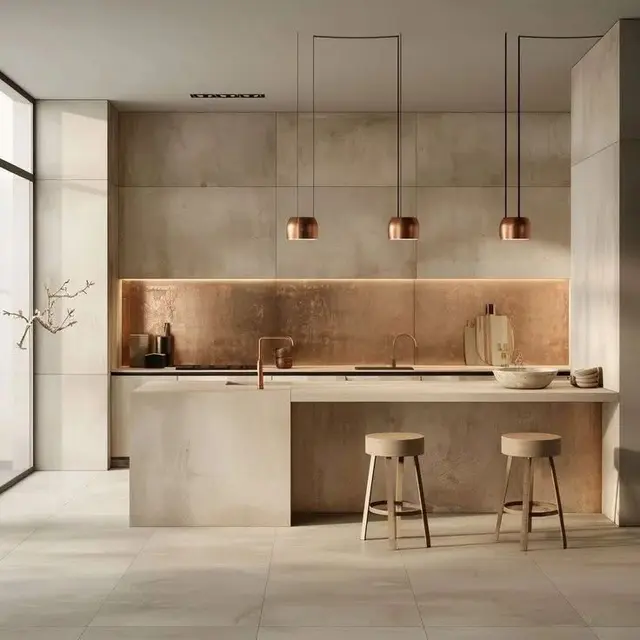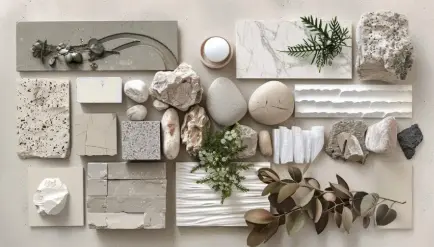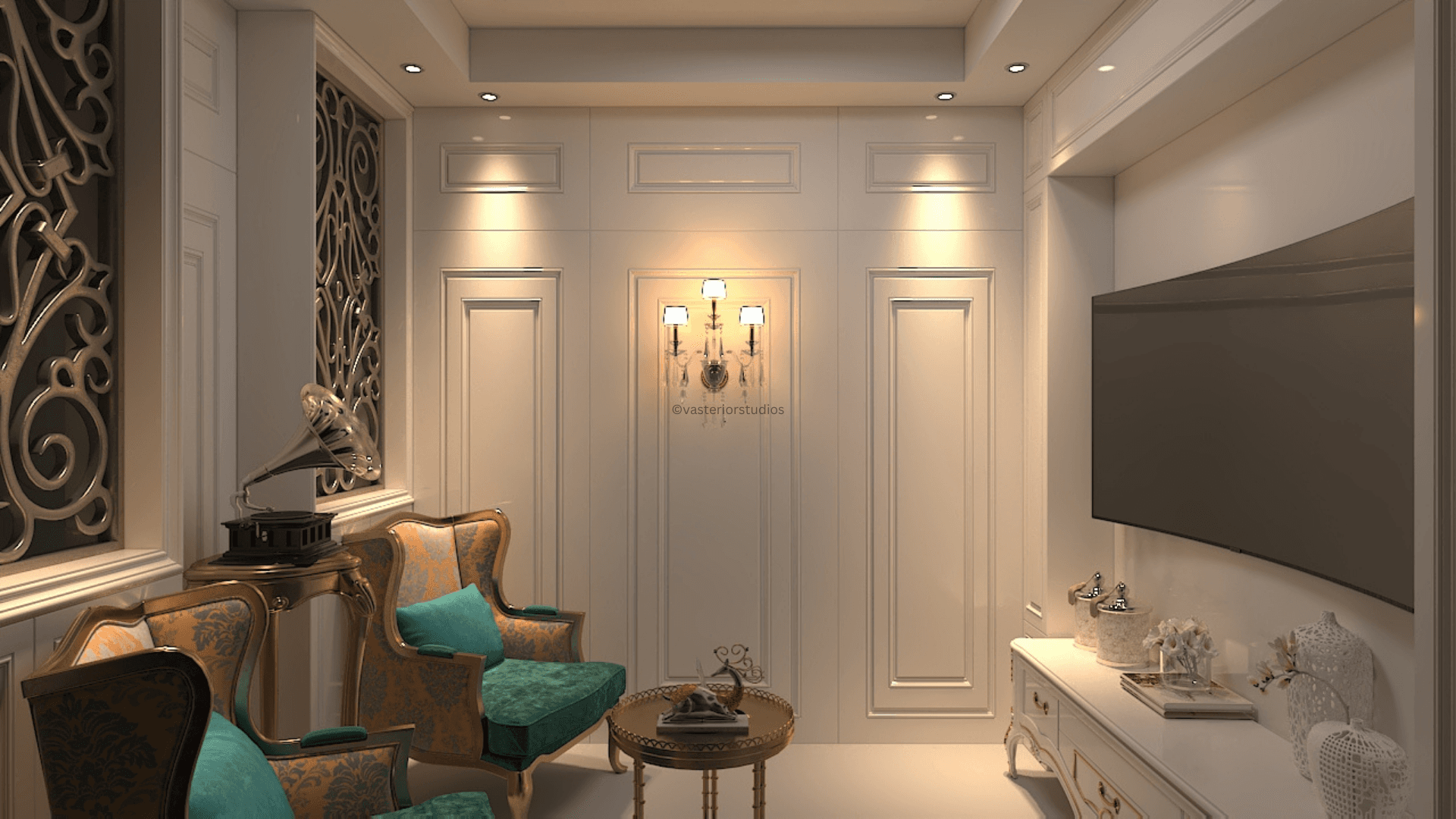Timeless design is more than a trend; it's a philosophy—a way of creating spaces that transcend generations and fashions, offering lasting comfort, elegance, and functional harmony. In today's rapidly shifting design landscape, the search for spaces that remain stunning and relevant for decades is stronger than ever. Let's explore how timeless design is defined, why it matters, and which principles professionals use to accomplish interiors that never go out of style.
What Is Timeless Design?
Timeless interiors evoke feelings of:
Timeless design describes interiors that retain aesthetic value and functionality year after year, even as styles evolve all around. These spaces stand the test of time because they aren't anchored to momentary trends; they're thoughtfully built on universal principles, enduring materials, and classic forms.
- Calm and order
- Lasting comfort and adaptability
- Welcoming warmth and personal touch
The Balance of Form and Function
They seamlessly balance form and function, resulting in rooms that people love to inhabit no matter the year or season.
The Pillars of Timeless Design
1. Neutral and Balanced Color Palettes
A neutral base—think whites, beiges, grays, and earth tones—is widely praised for its flexibility and longevity. These colors never overwhelm, ensuring the space is adaptable to new décor additions or personal changes over time.
A timeless palette lets artwork, textures, and cherished objects shine, while making spaces easy to refresh without a complete overhaul.
2. High-Quality Natural Materials
Materials such as hardwood, stone, marble, and linen have been used for centuries, standing up beautifully to everyday use. Their tactile richness and durability mean they only become more graceful with age, developing character and patina rather than wearing out.
Investment in authentic, robust materials saves money and hassle in the long run, adding undeniable value to any setting.
3. Classic Furniture Silhouettes
Furniture shapes that have proved their worth over time—Chesterfield sofas, mid-century armchairs, simple wooden dining tables—bring elegance and adaptability. They work with myriad décor styles, moving effortlessly between classic and modern looks.
Solid craftsmanship also makes these pieces future family heirlooms.
4. Clean Lines and Cohesive Layouts
Timeless interiors avoid clutter and excessive ornamentation, embracing layouts that are easy to move through and interact with. Symmetry in arrangement, balanced proportions, and uncluttered surfaces create a restful environment.
This approach supports both aesthetic appeal and everyday functionality.
5. Thoughtful Lighting
Lighting sets the mood and highlights features. Well-chosen chandeliers, pendant lights, and wall sconces with clean lines ensure that the space remains stylish however tastes change over the years. Good lighting design is the bridge between décor and comfort.
6. Architectural Details
Features like crown molding, wainscoting, coffered ceilings, and arches infuse rooms with visual interest and permanence. They connect spaces with history, conveying elegance without feeling outdated.
7. Heritage and Meaningful Objects
Timeless rooms often include antiques, family heirlooms, and curated collectibles. These objects tell stories, commemorate lived experiences, and root interiors in personal legacy rather than impersonal trends.
Adding items from travels, family, or artisans imbues authenticity that never loses appeal.
8. Clutter-Free, Purposeful Spaces
Overcrowding with décor quickly dates a room. Instead, timeless design emphasizes fewer, high-quality items with specific purpose or personal value. Built-in shelving, hidden storage, and thoughtful organization promote serenity and style.
Timeless Design in 2025 and Beyond
2025's leading designers—including followers of Dieter Rams' "ten commandments of good design"—emphasize innovation, honest materials, and user-centered layouts.
Sustainable Elements
Environmental responsibility is now a hallmark of timelessness. Using recycled and responsibly sourced materials, energy-efficient appliances, and low-impact décor protects resources while adding lasting value to designs.
Biophilic and Nature-Inspired Spaces
Designers are integrating nature into homes through open layouts, large windows, and indoor plants. This biophilic approach fosters wellness and emotional connection—qualities that transcend eras.
Quiet Luxury
The "quiet luxury" trend—favoring subtle, refined materials and understated designs—further aligns with the desire for spaces that remain elegant and inviting decade after decade.
How to Achieve a Timeless Space
Start With a Neutral Foundation
Walls and floors should favor classic hues and robust finishes. This base simplifies updates and empowers future personalization.
Invest in Quality Over Quantity
Select well-crafted furniture and authentic materials for major pieces. Fewer, better-quality items will reward their owner for years to come.
Personalize Your Space
Decorate with objects that tell stories—art from travels, family antiques, or handmade pottery. These elements are never outdated, always cherished.
Thoughtful Layering
Introduce texture and dimension through textiles, art, and greenery—accenting without cluttering.
Plan for Change
Timeless design is a canvas that evolves. By sticking to classic principles, it's easy to refresh with new accessories or colors as tastes change over time.
Timeless Design in Practice: A Living Example
Picture a living room anchored by a neutral rug, bathed in daylight streaming through large windows. Solid wood shelving displays books and heirlooms; a mid-century sideboard showcases family photos. A rich leather Chesterfield and marble-topped coffee table are complemented by subtle botanical prints and lush potted plants. Simple pendant lights illuminate the whole arrangement, while built-in cabinetry keeps clutter out of sight.
This setting will never feel outmoded—each element was chosen for both beauty and endurance, making the space welcoming and lived-in, year after year.




